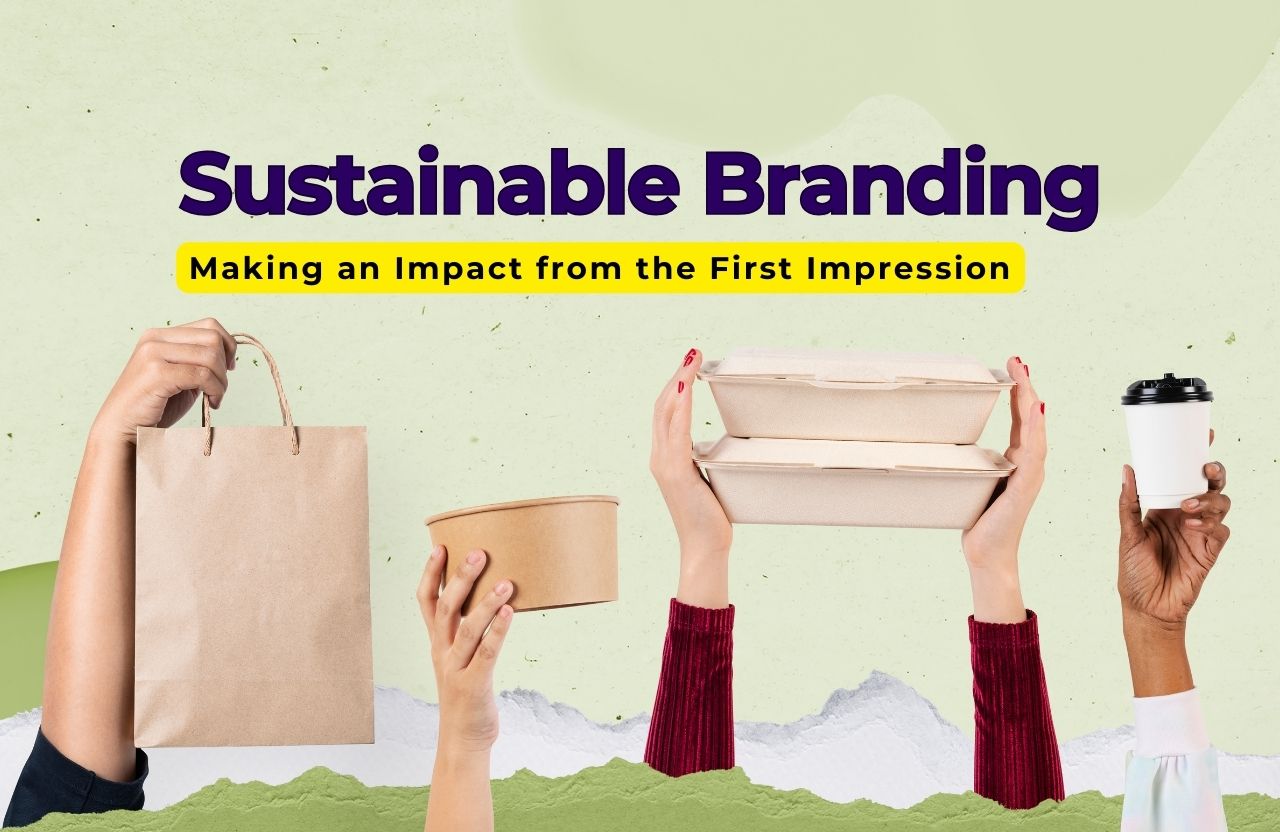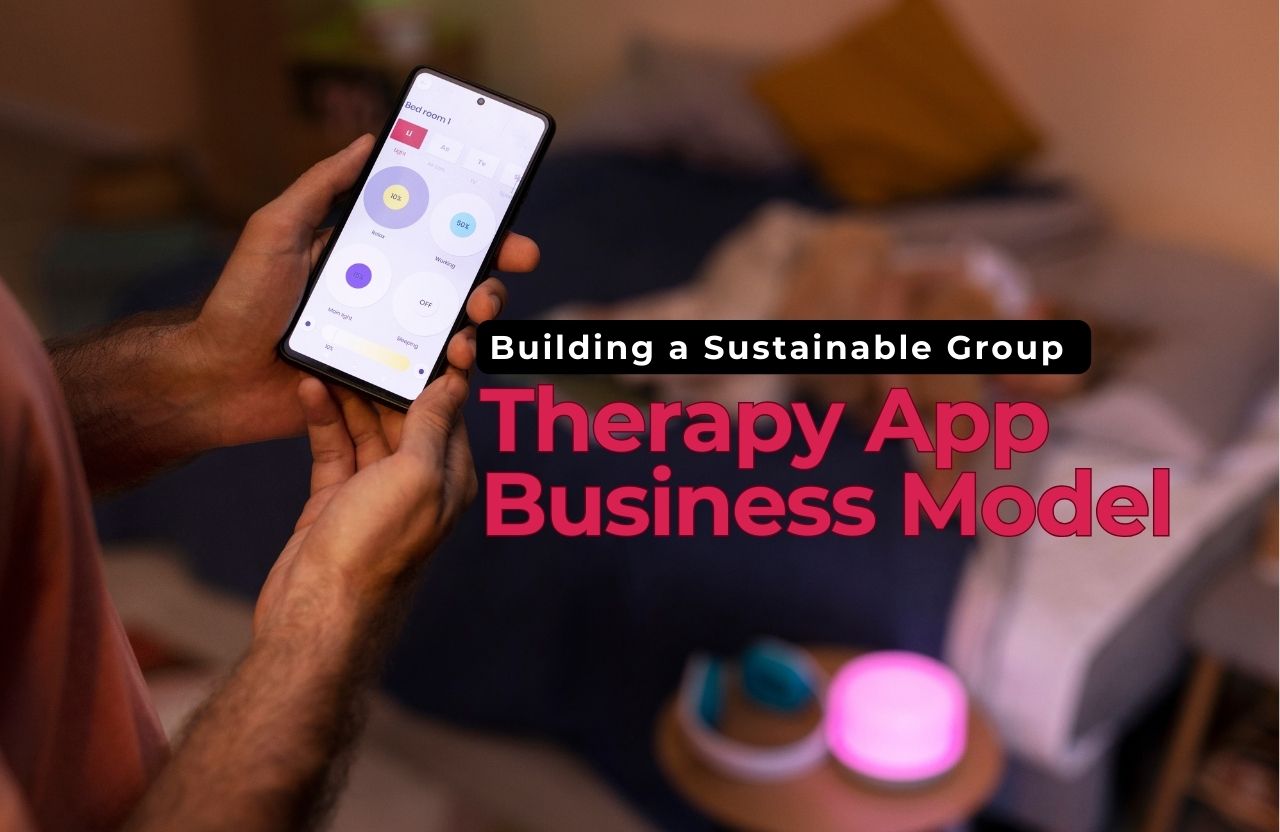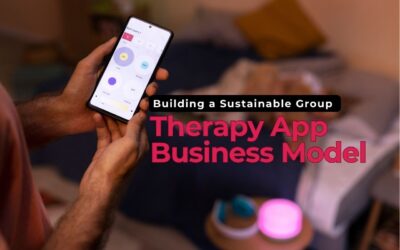A New Era in Learning Delivery
In recent years, a significant shift has occurred in how educational content is delivered to learners, particularly children. Gone are the days when education was confined to classrooms, traditional textbooks, or static online lessons. Instead, there’s a rising tide of curated, hands-on educational kits delivered to doorsteps via subscription models. With a monthly cadence, these boxes combine convenience, personalization, excitement, and educational impact.
This blog dives deep into this growing business trend, exploring what subscription-based educational kits are, why they’re gaining popularity, key statistics highlighting their growth, the benefits and challenges of this model, successful business strategies, and predictions for the future.
What Are Educational Kit Subscriptions?
Educational kit subscriptions consist of carefully curated boxes containing hands-on learning materials centered around themes like science, engineering, math, arts, or holistic child development. Each box is created to be developmentally appropriate, often tailored to specific age groups and interests.
Delivered regularly—typically monthly or quarterly—these kits provide educational projects like science experiments, art activities, building challenges, or interactive crafts. They often come with learning guides, supplemental resources, and structured themes that turn learning into an adventure.
What began as simple craft kits has evolved into full educational ecosystems targeting early childhood development, STEM skills, and holistic growth.
Market Momentum and Growth Statistics
The educational kit subscription trend is part of the broader subscription box economy, which is experiencing significant growth. The global subscription box market scaled from about $18.8 billion in 2023 to a projected $65.1 billion by 2032, growing at a compound annual growth rate (CAGR) of nearly 15%.
Within this expanding sector, educational kits—especially those focused on STEM (Science, Technology, Engineering, and Math)—stand out even more. The kids’ subscription box market alone is growing at a CAGR of 16%, with STEM-based boxes already commanding approximately 45% of that market.
In the United States, STEM kits for kids held a dominant share in 2024 and are projected to grow at nearly 7.6% CAGR through the decade. Meanwhile, the global STEM kit segment is expected to grow between 9% to 22% CAGR, a clear indicator of how strongly these kits are resonating with parents and educators alike.
Other noteworthy statistics:
- The average monthly spend for subscription box consumers is around $45.
- Approximately 75% of consumers cancel at least one subscription annually.
- Profit margins for educational subscription businesses range between 15% and 30%, often higher in science-focused kits.
- Eco-conscious subscription kits grow 30% faster than traditional boxes, particularly in urban markets.
Driving Forces Behind the Growth
Several powerful trends are fueling the popularity of educational kit subscriptions.
STEM and early childhood education have taken center stage in both formal schooling and at-home learning. Educational kits offer tactile, project-based experiences that reinforce classroom learning or provide enrichment where it’s lacking.
Modern parents—particularly Millennials—demand convenience and value. Subscription boxes cater to this by delivering age-appropriate, interest-based learning materials directly to the home.
Technology plays a significant role as well. The ease of e-commerce, combined with mobile apps, digital learning extensions, and personalized content, has made these kits more accessible and engaging.
Sustainability and values-based consumption are also critical. Parents are more inclined to purchase educational products that align with their environmental and ethical standards.
Finally, the COVID-19 pandemic fundamentally shifted how families engage in education. With school closures and online learning, parents turned to physical, screen-free learning kits to keep their children engaged and growing.
Benefits for Learners and Families
Educational subscription kits are not just a product—they are an experience. For children, they provide hands-on, experiential learning that helps cement knowledge through real-world application. Whether it’s building a model of the solar system or creating a simple circuit, these projects are designed to teach and inspire.
They also offer structure and routine. Monthly themes create anticipation, which fosters excitement around learning. Children look forward to each box’s arrival, which makes education feel less like a chore and more like a discovery.
Parents benefit too. These kits make it easy to bond with children through shared activities while supporting developmental milestones. They also allow parents to extend or supplement school curricula without having to plan every detail themselves.
Furthermore, kits are often designed to adapt to various skill levels and learning styles, making them ideal for families with multiple children or for homeschooling.
Business Advantages for Providers
For entrepreneurs and educators, educational kits delivered via subscription offer compelling business advantages.
The model generates predictable, recurring revenue. Unlike one-time product sales, subscriptions provide consistent cash flow and long-term customer relationships.
Customer lifetime value is significantly higher in the subscription economy. Repeat engagement, brand loyalty, and upselling opportunities make each subscriber more valuable over time.
Margins are often healthy, especially as companies scale and optimize their sourcing and logistics. With digital data collection, businesses can track user behavior and improve their offerings with insights into what content performs best.
Community building is another advantage. Subscription businesses have the opportunity to create engaged customer communities, increasing brand loyalty and word-of-mouth marketing.
Challenges and Pitfalls to Avoid
While the potential is substantial, this business model is not without its challenges.
Customer retention is a constant concern. As noted earlier, a large percentage of subscribers cancel at least one service annually. To prevent churn, businesses must deliver consistent value, variety, and excitement.
Content fatigue can set in if the kits become repetitive or lose their educational impact. Companies need to invest in fresh content, thoughtful curation, and ongoing innovation.
Operational logistics—such as product sourcing, inventory management, packaging, and fulfillment—can become complex, especially as the business grows.
Regulatory compliance is another challenge. Kits aimed at children must meet strict safety standards. This increases costs and requires ongoing attention to quality control.
Additionally, digital competitors, like educational apps and learning platforms, are constantly evolving. Subscription kits need to maintain a strong physical and emotional connection with their users to remain relevant.
Marketing and Engagement Strategies
To thrive, educational kit businesses must embrace marketing strategies that go beyond traditional product promotion.
Personalization is key. Using data to tailor kit themes, complexity, and learning styles boosts engagement and retention.
Community building is equally important. Encouraging families to share their projects on social media or through a brand community increases exposure and builds trust.
Influencer marketing, especially among parent bloggers and educators, can significantly amplify reach. Authentic content from trusted voices resonates strongly with potential customers.
Eco-friendly messaging adds another layer of appeal. Parents concerned about sustainability are more likely to stick with brands that use recyclable materials and environmentally conscious practices.
Offering tiered subscription plans helps cater to different customer needs and budgets. Long-term plans with added perks improve retention.
And finally, supplementing physical kits with digital experiences—like online lessons, video tutorials, or even virtual science fairs—can create a comprehensive hybrid learning experience that adds lasting value.
Examples of Subscription Models
Subscription educational kits come in a variety of formats.
Some focus on early childhood development, offering age-appropriate toys, books, and activities that encourage motor skills, creativity, and language development.
Others center around STEM, providing children with kits to build robots, conduct experiments, or explore scientific concepts in a fun, interactive way.
There are also geography-based kits that introduce children to different cultures, languages, and traditions through crafts, recipes, and stories.
Bilingual learning kits offer immersive language exposure, including flashcards, music, and conversation prompts.
Each model is tailored to a unique audience, but all rely on the same core principle: delivering hands-on learning in a format that’s engaging, repeatable, and easy to access.
Financial Outlook and Profit Potential
Educational subscription boxes are not only effective tools for learning—they’re also lucrative ventures.
With the average monthly customer spending around $45, and lifetime customer value approaching $400, the financial math quickly becomes attractive.
A business with just 1,000 subscribers can generate around $45,000 in monthly revenue, or $540,000 annually. With margins around 20%, this translates to a gross profit of $108,000.
As subscriber bases grow and operations scale, these numbers improve significantly. Inventory optimization, negotiated supplier deals, and reduced churn all contribute to increased profitability.
The key lies in maintaining subscriber engagement, reducing churn, and finding new ways to add value through personalization, community, and hybrid learning.
Future Outlook for Educational Kits
The future for educational subscription kits looks bright.
Continued demand for STEM education, screen-free learning, and convenience ensures sustained interest in this model. As technology continues to improve, kits will become even more personalized and immersive, integrating augmented reality or app-based learning tools.
Artificial intelligence will play a role in content customization, helping businesses offer highly relevant kits to each subscriber based on interests and developmental stage.
International expansion is another growth area. As demand rises in Asia-Pacific, Latin America, and other developing regions, localized kits that cater to cultural and educational differences will become increasingly important.
Additionally, we can expect to see partnerships with schools, libraries, and education nonprofits to broaden access and scale operations.
Subscription boxes may also evolve to include biophilic or nature-based learning themes, encouraging outdoor exploration and environmental awareness.
Launching Your Own Subscription Kit Business
For those interested in entering this space, the path to launching a subscription kit business involves several key steps.
First, define your niche and audience. Whether it’s preschoolers learning colors or tweens mastering robotics, your offering must have a clear value proposition.
Next, curate or create your kit materials. Focus on safe, high-quality, and ethically sourced items that align with your educational goals.
Build a reliable digital infrastructure for managing subscriptions, customer data, and marketing.
Test your idea with a small launch, collect feedback, and iterate. Successful kits are often the result of many small improvements over time.
Market your product using digital ads, social proof, and partnerships with influencers or educators. Highlight what makes your kits special—whether it’s the content, design, sustainability, or community.
Finally, invest in logistics and fulfillment systems that can scale as your subscriber base grows. Customer satisfaction depends heavily on timely delivery and quality packaging.
Conclusion: Redefining Learning, One Box at a Time
Subscription models for educational kits are transforming how children engage with learning at home. They’re making education exciting, accessible, and deeply personal. For parents, they offer peace of mind, knowing that their children are learning in a meaningful way. For businesses, they represent a scalable, recurring-revenue model with strong demand and room for innovation.
As the learning economy continues to evolve, these kits are carving out a significant role. They bridge the gap between play and pedagogy, between home and school, between curiosity and mastery. And they do it one box at a time.
Whether you’re a parent seeking new learning tools or an entrepreneur eyeing the next big opportunity, educational kit subscriptions are a trend worth watching—and building on.













